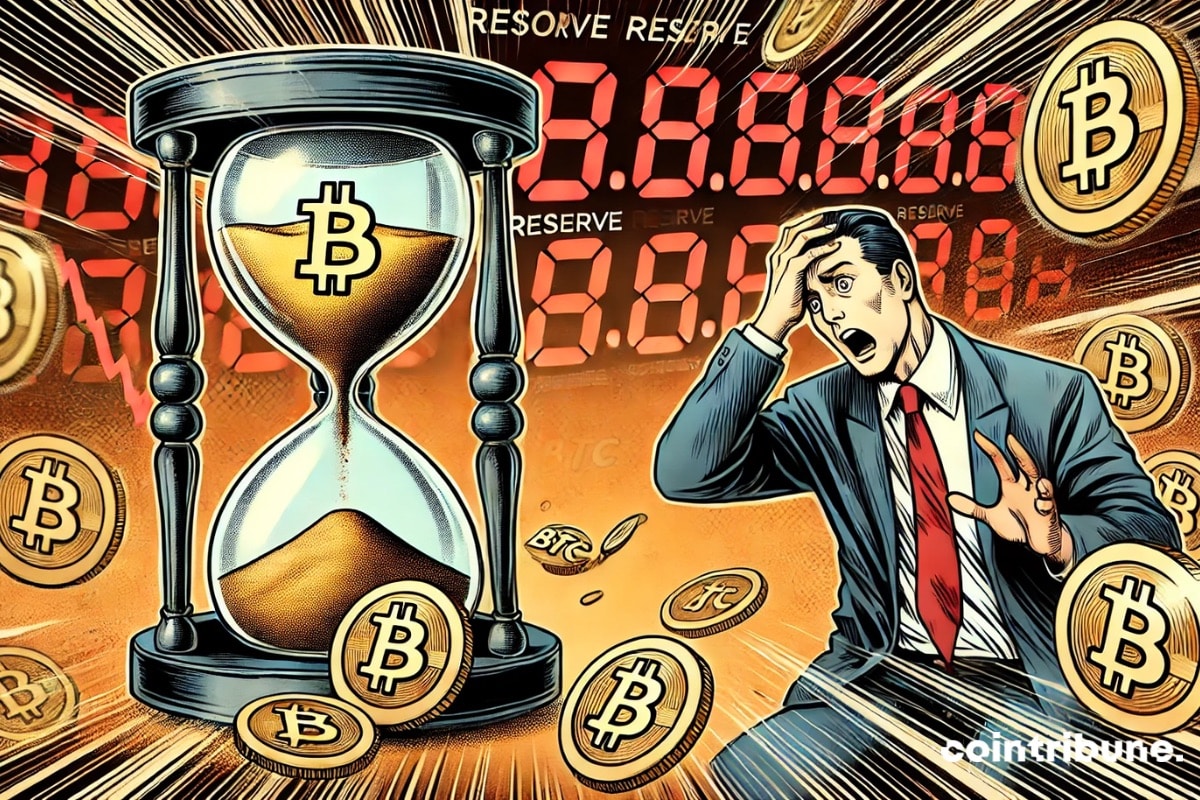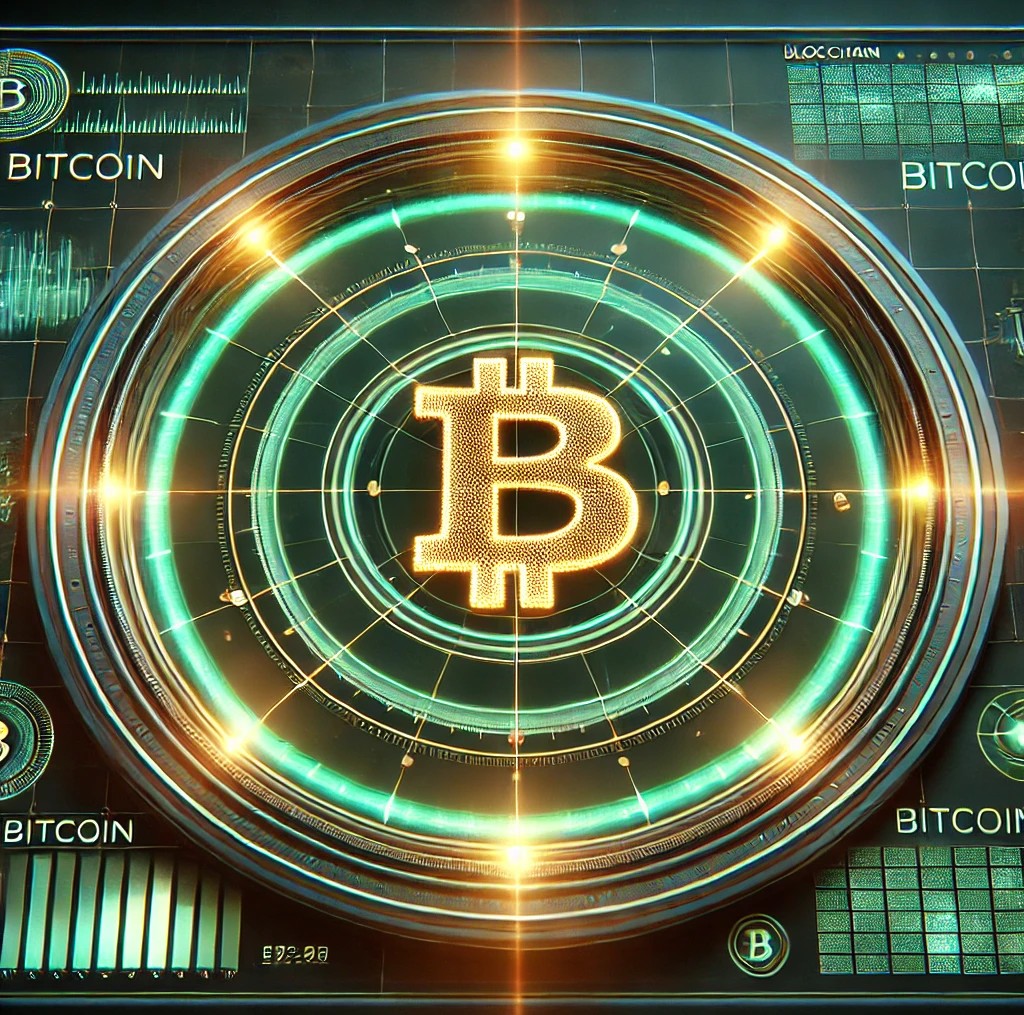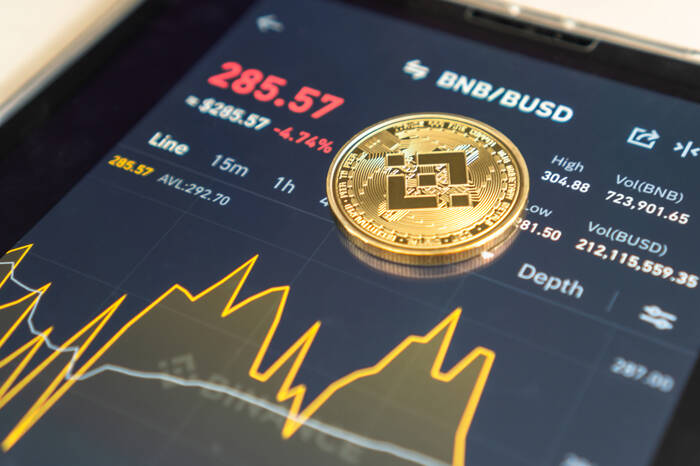The Decrease in Bitcoin Reserves on Exchanges: What Does it Mean?
Understanding the Current Situation
Recent data has indicated that Bitcoin reserves on exchanges have reached a historically low level, with only 2.5 million BTC available. This significant decrease in available supply suggests a possible “shortage” in the market as institutional demand, particularly through exchange-traded funds (ETFs), continues to grow.
The Implications of Low Bitcoin Reserves
As the amount of Bitcoin available on exchanges dwindles, it could lead to increased volatility in the market. With fewer coins available for purchase, there may be greater competition among buyers, driving up prices. This scarcity could also incentivize long-term holders to continue hoarding their coins, further reducing the circulating supply.
In addition, the growing interest from institutional investors, such as ETFs, could further exacerbate the situation. These large players entering the market have the potential to absorb a significant amount of Bitcoin, putting further pressure on the already limited supply.
How This Will Impact Individuals
For individual investors, the decrease in available Bitcoin reserves on exchanges could mean higher prices and increased competition for purchasing coins. It may also lead to a shift in investment strategies, as investors may need to adapt to a more volatile market environment.
The Global Impact
On a global scale, the low Bitcoin reserves on exchanges could have far-reaching effects. The increased demand for Bitcoin, driven by institutional investors, could push the price of the cryptocurrency to new highs. This could have implications for the wider financial market, as Bitcoin continues to gain legitimacy as a mainstream asset class.
Conclusion
The current decrease in Bitcoin reserves on exchanges highlights a growing trend of institutional adoption and increasing scarcity in the market. While this may present challenges for individual investors, it also signals a maturing industry with greater recognition in the global financial landscape.





